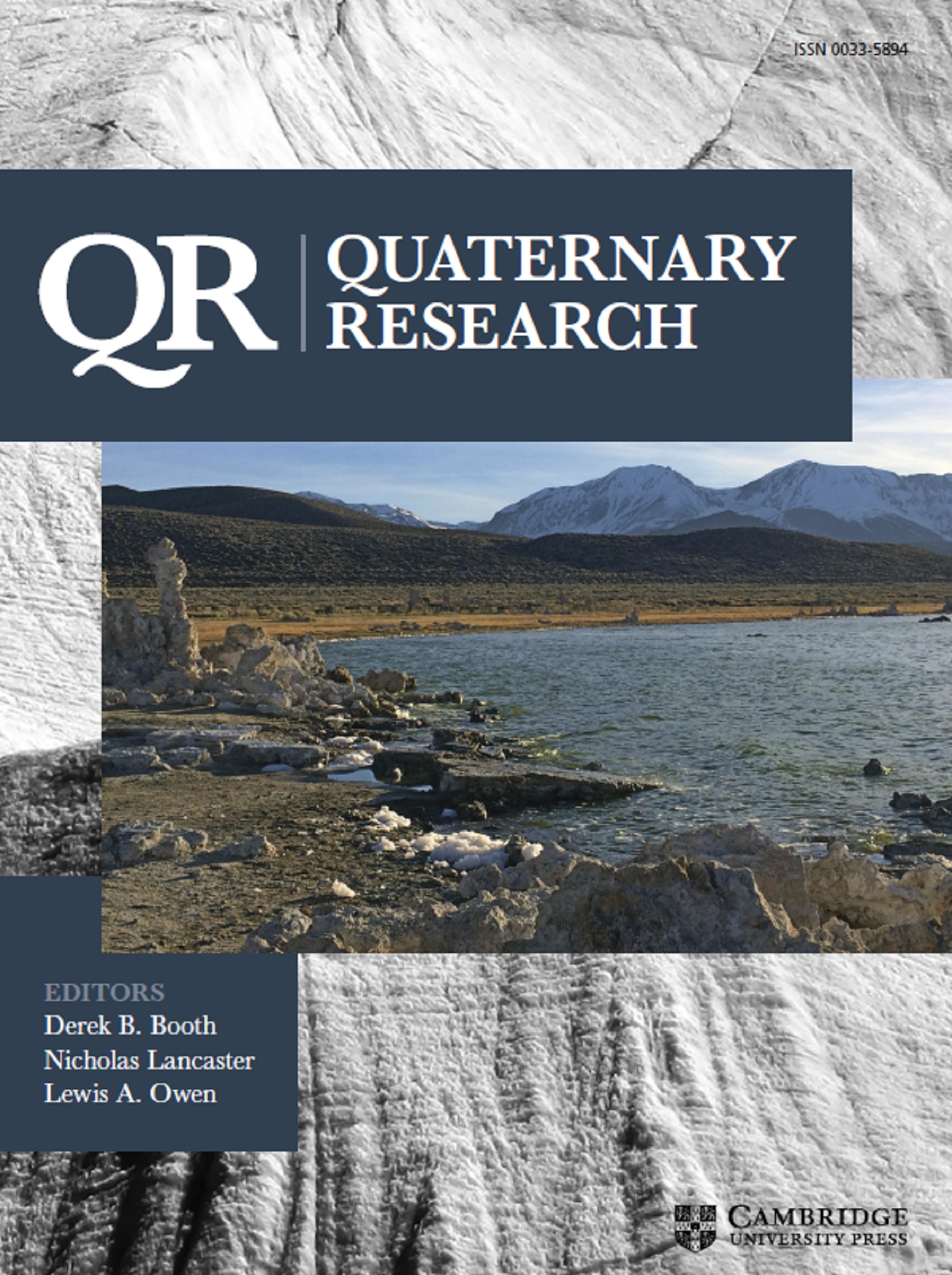
Multifaceted analysis reveals diet and kinship of Late Pleistocene ‘Tumat Puppies’ | Quaternary Research
How did your country report this? Share your view in the comments.
Diverging Reports Breakdown
Multifaceted analysis reveals diet and kinship of Late Pleistocene ‘Tumat Puppies’
The origin of dogs is particularly controversial because potential early dog remains often lack corroborating evidence that can provide secure links between proposed dog remains and human activity. The Tumat Puppies have been hypothesized to have been littermates and early domesticates due to a physical association with putatively butchered mammoth bones.
Read full article ▼
Distinguishing early domesticates from their wild progenitors presents a significant obstacle for understanding human-mediated effects in the past. The origin of dogs is particularly controversial because potential early dog remains often lack corroborating evidence that can provide secure links between proposed dog remains and human activity. The Tumat Puppies, two permafrost-preserved Late Pleistocene canids, have been hypothesized to have been littermates and early domesticates due to a physical association with putatively butchered mammoth bones. Through a combination of osteometry, stable isotope analysis, plant macrofossil analysis, and genomic and metagenomic analyses, this study exploits the unique properties of the naturally mummified Tumat Puppies to examine their familial relationship and to determine whether dietary information links them to human activities. The multifaceted analysis reveals that the 14,965–14,046 cal yr BP Tumat Puppies were littermates who inhabited a dry and relatively mild environment with heterogeneous vegetation and consumed a diverse diet, including woolly rhinoceros in their final days. However, because there is no evidence of mammoth consumption, these data do not establish a link between the canids and ancient humans.
Source: Cambridge.org | View original article
